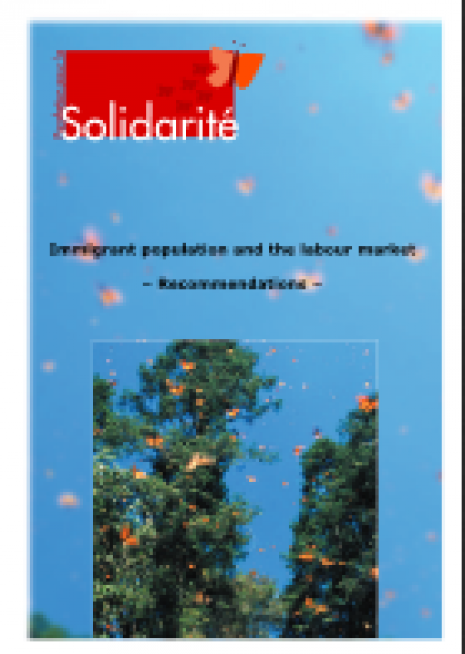
Immigrant population and the labour market
Études & Dossiers, Social Affairs, December, 2004
In march 2000, the United Nations published an important report relating to the ageing of the European population.
According to this report, Europe is predicted to have an influx of between 70 and 700 million immigrants before 2050 in order to guarantee the existence of a sufficient number of its active population. Even if this is only one scenario, in which the numbers were exaggerated according to a number of demographers, the publication of this report and the subsequent debate it inspired, has brought to light the ambiguity of the European attitude. This attitude recommends increasingly ‘zero immigration’ and the strict closure of its external frontiers, while recognising at the same time the necessity to answer the demographic challenge essentially trough…immigration. It is this ambiguity that we find today in the many diverse models and means for integration of which the politics are conducted on a national or regional level.
From this observation on, la Fondation pour la Solidarité – the Foundation for Solidarity, association at the service of the social cohesion and of a common social economic European model – has wished to contribute to a concerted and coherent European policy, capable of intervening at the extraordinary occasion of a successful meeting between the various populations, who live or have been brought to live in Europe.

